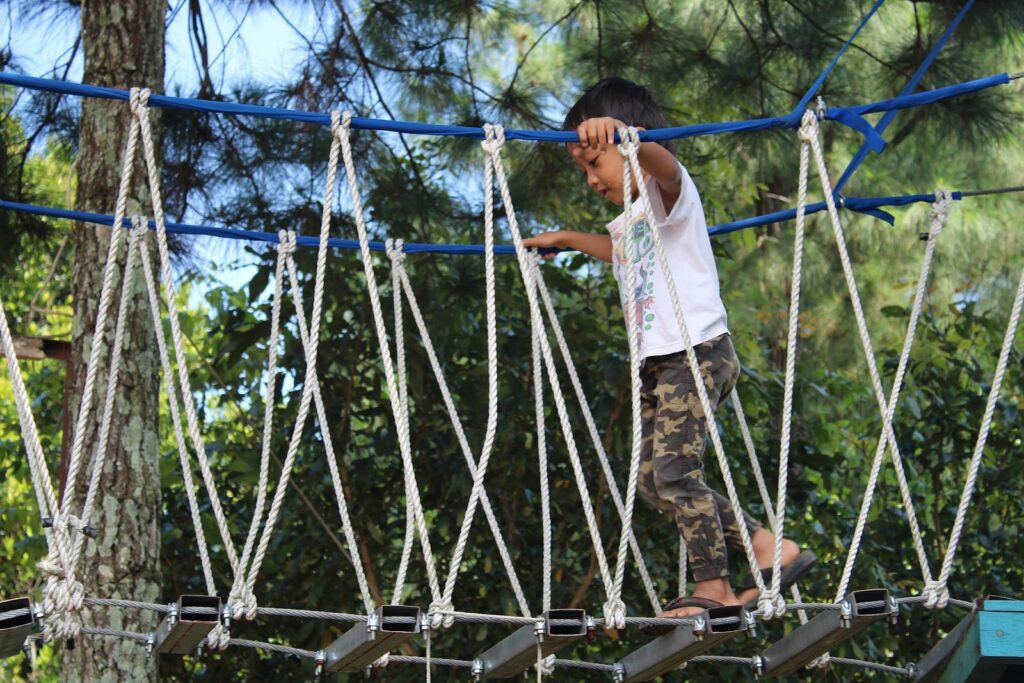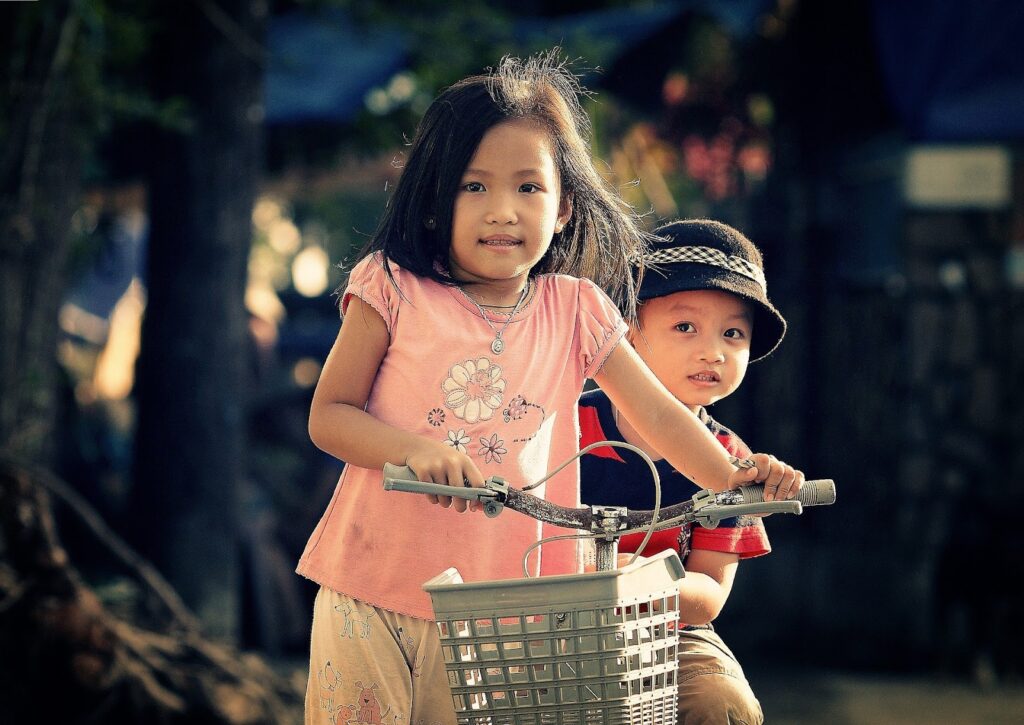
Tips to support your child and set them up for success
By: Kelechi Obasi
Building resilience in children is key to preparing them for the challenges that life may throw at them. It is important to understand every child experiences different stressful circumstances. Parents, guardians, and caregivers need to apply the correct strategies to ensure children develop more healthy risk-taking, be bolder in trusting their instincts, and push themselves to do more than the ordinary. Fortunately, children can bounce back from stress, challenges, and even trauma. As they grow, the innate ability to work through challenges and manage stress also becomes more astute.
5 Ways to Build Resilience in Children
Many of us are familiar with the story of the three little pigs. For those of us who may not have heard the age-old tale, the fable succinctly captures the adventures of three pigs, fresh out of the safe and nurturing environment of their parents’ care, who ventured off into a daunting world and decided to build their individual houses.
This anecdote tries to teach is the moral of hard work and perseverance. As the account goes, the first two pigs chose building materials that did not stand the rigors of unforeseen environmental hardship or life’s uncertainty. They were summarily given short shrift by the prowling wolf who huffed and puffed and blew away their domiciles of sticks and hay. The third pig had looked ahead, used sturdy building materials. Ultimately, his was the only home that withstood the wolf’s antics.
Children are not left out of the fray, unfortunately. The recent history of the world and even current experiences are all clear reminders that ever too often, both old and young are caught lacking in the twists and turns that each new day presents. Today, many parents and caregivers resort to helicopter parenting by paying too much attention to their children’s activities and schoolwork, to not only help them succeed, but to shield them from pain and disappointment. Where these parents go wrong is that these children are usually not given the opportunity to solve problems on their own and most often are held to unreachable goals and standards. Let us look at 5 effective ways to help build resilience in children.
#1 Spend More Time With Your Kids
Building a strong emotional connection with children and demonstrating a caring relationship helps them develop their coping skills. We live in a fast-moving world and are constantly distracted by work, taking away time we spend with our children. But the little moments that we spend one-on-one time with our children often are memorable moments of learning and teaching.
Katie Hurley, LCSW, author of The Happy Kid Handbook suggests that “parents can help kids build resilience and confront uncertainty by teaching them to solve problems independently. While the gut reaction of the parent might be to jump in and help so that the child avoids dealing with discomfort, this actually weakens resilience.”

#2 Show Them What It Is To Be Resilient
Children learn most by repetition and copying what they see which is probably why you still remember nursery rhymes from your childhood. The best way to teach children how to cope in the face of tough situations is to consistently show them how we as parents demonstrate the same coping and calming strategies whenever we face these stressful situations.

Some of these mechanisms could range from counting down from 20 to 1 to diffuse a heated situation or deep breathing exercises to help reduce stress.
#3 Encourage Children to Do More

We live in a generation where many children are comfortable with perfunctory effort.
Parents would do well to encourage their children to expand their curiosity and push the limits of their comfort zones. Children should be supported to take on new challenges and try new activities that can expand their horizons with little to no risk of hurt or injury. These are known as healthy risks, such as trying a new sport or activity. In Hurley’s opinion, “when kids avoid risk, they internalize the message that they aren’t strong enough to handle challenges. When kids embrace risks, they learn to push themselves.”
#4 Help Them Understand That Everyone Makes Mistakes
The difference between a fixed mindset and a growth mindset is that, while the latter is flexible and does not see failure as a permanent fixture, the former mindset avoids failure, and therefore runs away from any type of risk.

People who run away from failure are not resilient people. Children who try to avoid failure can experience low self-esteem, anxiety, a lack of confidence, and depression. Parents can help to develop this growth mindset by acknowledging and accepting mistakes as a canvas for modifying behaviour, action, reaction, and as a springboard to subsequent success.
#5 Create Time to Go Outside

It is a struggle to get children and parents off the screens because of the prevalence of a multitude electronic devices. It is time to drop the devices and head for the outdoors. Many health practitioner experts advocate the importance of exercise and getting some fresh air and agree that engaging in at least one hour of daily physical activity helps strengthen the brain and make it more resilient to stress and adversity.
Children can participate in either team sports or just general playground activities to help them build some resilience and the right coping mechanisms to navigate future obstacles and challenges.



